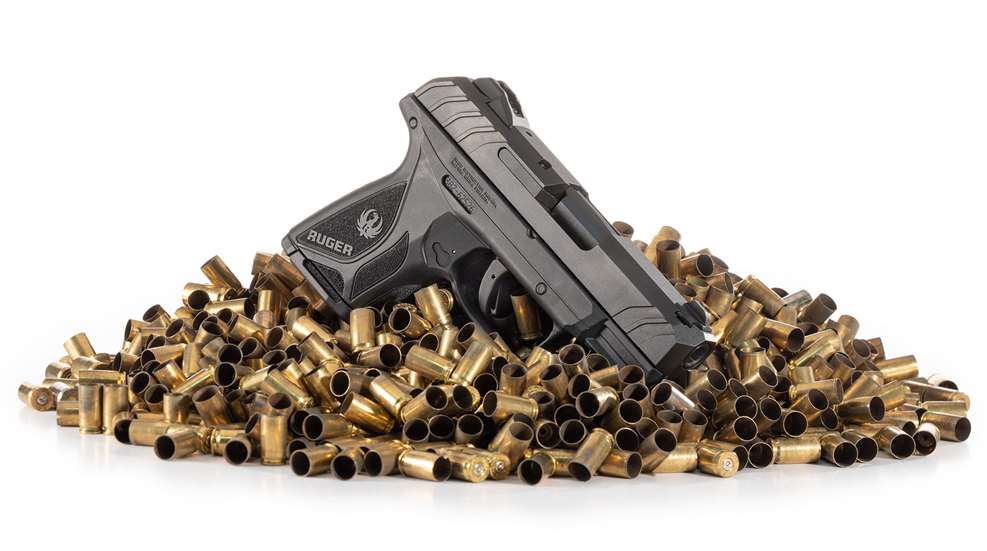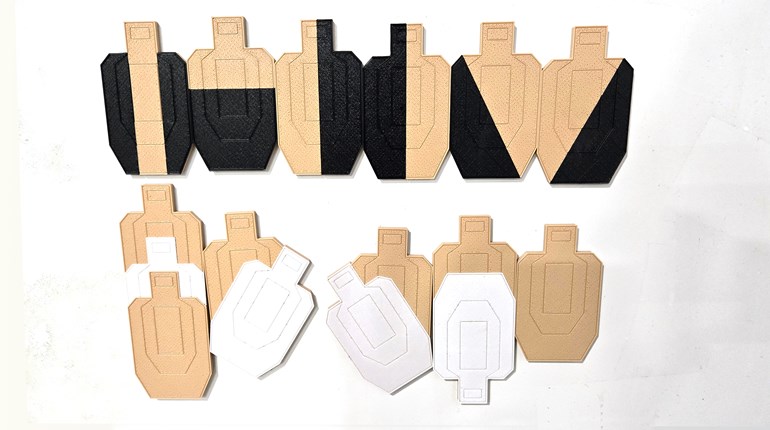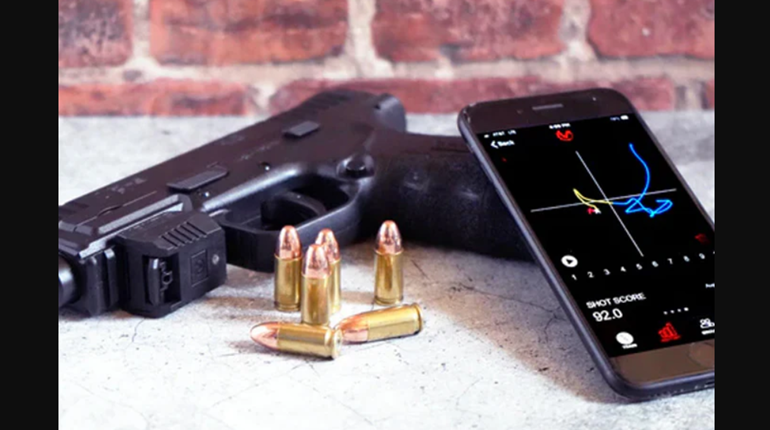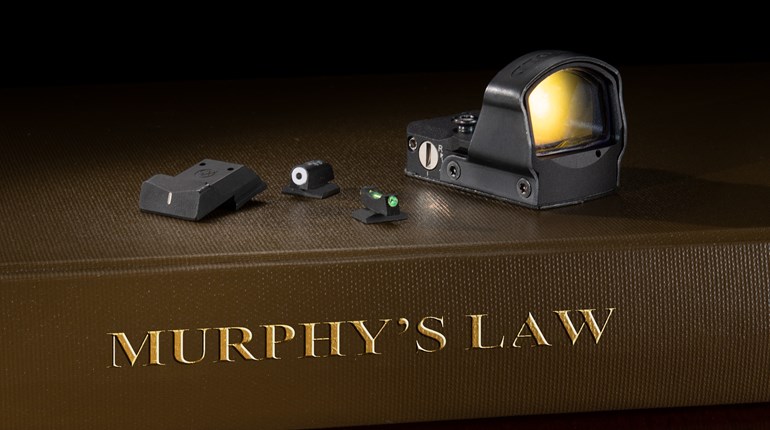
If you’re like anyone who’s into a gear-centric hobby or interest, you likely want that gear to perform better. You want that car to go faster, the pole to catch more bass and the cookware to turn out perfectly cooked vittles without needing to scrape off burned bits of ick stuck to it afterward. Handguns are in no way exempt from this urge. Who among us doesn’t want their blaster to shoot faster and more accurately?
There’s a whole industry of aftermarket parts to support this communal urge, but it’s important to understand the code phrases that pop up in the advertising for these aftermarket goodies:
“No Gunsmithing Required” means that either some fitting will be required, or that the part is so undersize that it can be truly “Dropped In”—from clean across the room. “Some Fitting May Be Needed” translates to a gunsmith will be needed. “Gunsmith Fitting Recommended”—and bring money.
Fortunately, there are ways to improve the speed and accuracy of your pistol that require the addition of not one single part.
A few years back I set out to do a retro 2,000-round test on a classic, early 1990s-vintage Ruger P89 pistol. By dint of careful application of good technique, I was able to get pretty good results right off the bat, but only if I stuck to slow, single-action shooting. When I’d try to use the double-action trigger, or turn up the speed even a little bit, though, the wheels came right off. Instead of being a ragged hole in the middle of the target, three- and five-round strings would end up scattered all over the A- and B-zones of a USPSA target even at 7 yards. It was humiliating.
But I kept at it, because I had to grind through that whole 2,000 rounds for the purposes of the test.
Surprisingly—well, OK, not all that surprisingly in retrospect—by the time I was done with those two cases of ammo, that pistol shot pretty well for me. I could burn up 50 or 100 rounds in a session, all via big, goofy mag dumps at speed, and wind up with that nice, ragged hole you could cover with your hand.
I hadn’t changed any parts on the pistol. Further, the trigger pull hadn’t gotten any lighter or smoother, since the pistol was a well-worn beater already when I first got my hands on it. All that had happened was that I’d yet again proved out the old maxim that the single best performance upgrade you can make to any handgun is to get about two cases of ammo’s worth of trigger time on it.
Of course, ammo costs money. If you want to reap many of the same benefits, you can do so without having to burn ammo or even go to the range.
When I first got serious about carrying a backup gun (BUG) in coat-wearing season years back, I was aware that the BUG I’d chosen, the Smith & Wesson Model 442, was a notoriously tricky handgun to shoot well. Fully loaded, an Airweight J-frame weighs barely more than a pound, and it has a double-action-only trigger pull of roughly 10 to 12 pounds.
To shoot a handgun accurately, all you have to do is hold the sight picture reasonably steady while controlling the trigger straight to the rear. This is easier said than done when you’re applying 10 pounds of force to a 1-pound object and you only have two fingers and a thumb to hold it still while you do this.
Fortunately, every double-action revolver comes with a special bonus: There’s a free dry-fire trainer included right in the box with every one that ships. (I’ll let that one sit for a second until the kids in the back rows gradually figure out the joke.)
Every weeknight after work I’d take that little .38 Spl. snubby, clear it and set up for my dry-practice routine. At the time it was pretty simple, because all I wanted to do was get the hang of that DAO trigger pull.
Aiming in a safe direction (my backstop was an exterior wall, beyond which was a steep wooded hillside not 20 feet away), I’d do 50 quick dry-fire trigger snaps as rapidly as possible while trying to hold the sights as still as possible on the bullseye. Every weeknight, for a couple years. If I was feeling froggy on any given night, I’d repeat it with the weak hand.
This paid dividends that are still with me today. (It’s also an excellent grip workout, as your forearms will inform you.)
It’s possible to train all manner of handgun skills via dry practice. Buy a timer and make use of par times. Get dummy magazines and practice reloads. If you are working on competition skills, you can print out miniature targets and set up replica courses of fire. There are books you can buy from shooters like Annette Evans and Ben Stoeger to help you set up structured practice sessions.
There are also various tools like those from Mantis X, Laser Ammo or Strikeman that will give you feedback on accuracy without having to bust a single live cap.
About the only thing you can’t train via dry practice is recoil control. If you want to master controlling recoil, shot calling and sight tracking, we’re back to those two cases of ammo.
The best way to maximize those cases of ammunition is to find yourself a live shooting trainer who can offer you coaching and feedback.
It’s important here to note that pure-shooting-mechanics courses are different than tactical or self-defense ones. They’re a complementary skill, but a discrete one. At a class with someone like Tim Herron, Gabe White or Scott Jedlinski, there’s not going to be class time spent on legalities of self-defense or the proper way to tactically go through a door. There are other classes for that (and it’s a good idea to seek them out, also) but if you want your handgun to shoot better, a Shooting Handguns Better class is where to go to learn that.
Or, you know, you could buy some gizmo and hope it doesn’t require professional gunsmith fitting.




































